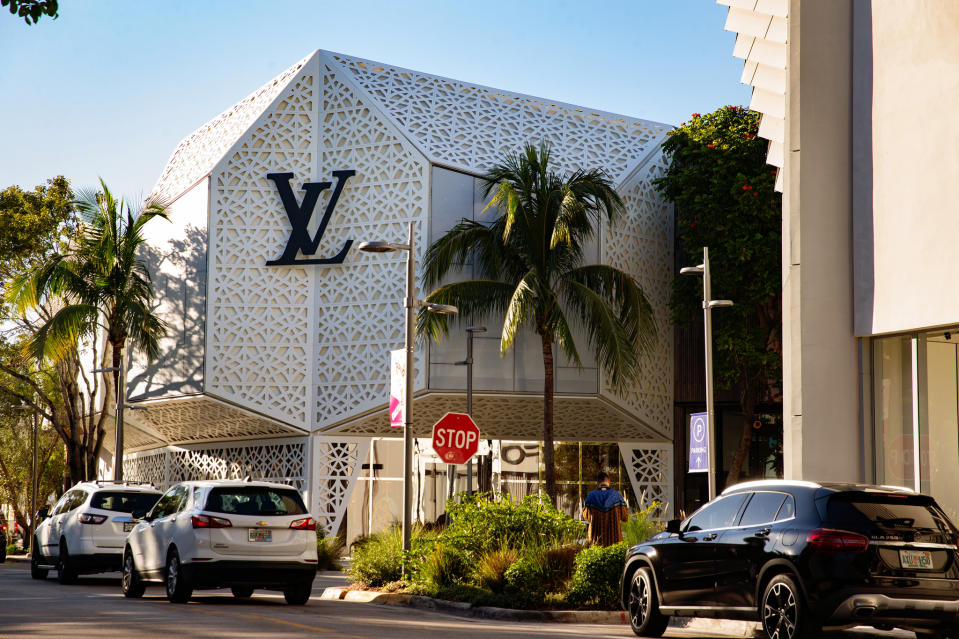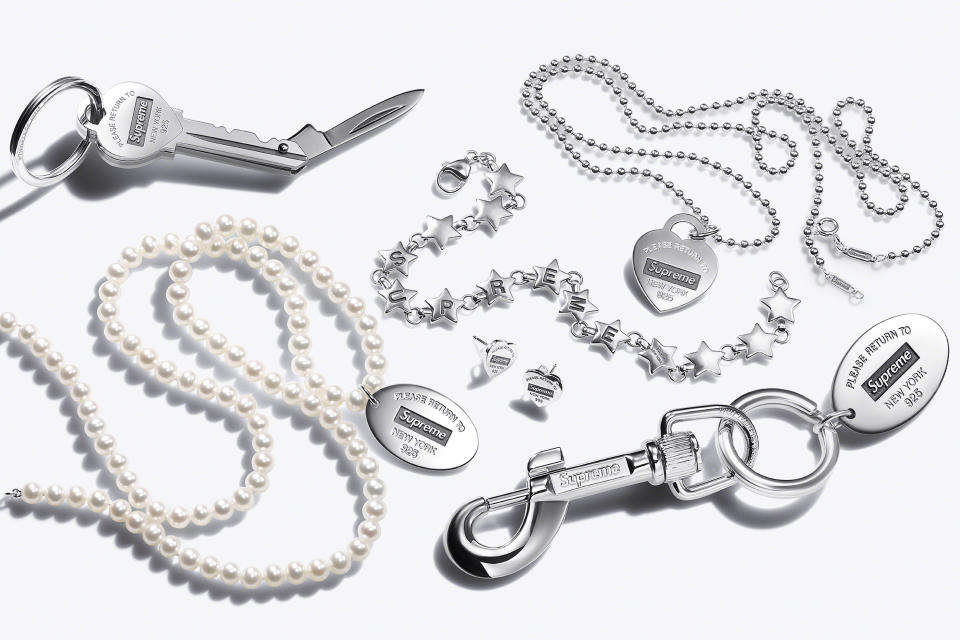Year in Review: Big Was Beautiful in Luxury Goods

One billion euros used to be enough for bragging rights in the fashion business. Now some of Europe’s most vibrant luxury players are flirting with 10 billion euros, and a few with 15 billion euros or even 20 billion euros.
This year proved that there’s no size limit for power brands as the likes of Louis Vuitton, Chanel, Gucci, Dior, Cartier and Hermès continued to grow at a brisk clip, leading to a bifurcation in the market that shows no sign of letting up.
More from WWD
“Polarization indeed should continue as existing consumers may want to ‘buy less but buy better,'” and new consumers will keep being drawn by the leaders who are dominating the airwaves,” said Erwan Rambourg, managing director and global co-head of consumer and retail at HSBC in New York.
Oliver Chen, managing director and senior equity research analyst at Cowen & Co., noted that the biggest brands are able to unfurl “advertising and promotional budgets with scale, yielding results.”
This financial might allows them to dominate the social media discussion and also to win the real estate battle within shopping malls and high streets.
Consider Tiffany & Co., which took over all the screens in New York’s Times Square and elsewhere to showcase a multipronged campaign starring one of the world’s most famous and powerful couples — Beyoncé and Jay-Z — along with one of the world’s most mythic gemstones, the 128.54-carat Tiffany Diamond, unearthed in South Africa in 1877. Fendi followed suit last month, taking over all the screens in Times Square to celebrate the brand’s heritage and the successful year it had under artistic directors Kim Jones, Silvia Venturini Fendi and Delfina Delettrez.
Most of the brands mentioned above already generate more than 5 billion euros in revenues annually, with Chanel and Vuitton having already crossed the 10 billion-euro threshold and Vuitton estimated to reach 17.5 billion euros for the full year 2021, according to RBC estimates.
Vuitton, which is celebrating the 200th anniversary of the birth of its founder this year, is now five times the size it was in 2004, according to market sources.

Lexie Moreland for WWD
Analysts believe privately held Rolex has already joined the 5 billion euro club, and that Tiffany is among brands within striking distance.
In November, Prada Group’s chief executive officer Patrizio Bertelli said the company is aiming to reach revenues of around 4.5 billion euros in the medium term, which implies almost doubling 2020 figures, as last year the company posted revenues totaling 2.42 billion euros.
Gucci sales dipped to 7.44 billion euros in 2020 due to pandemic disruptions, but the brand could break the 10 billion euros barrier in 2021 as most brands were trending well about 2019 levels, when Gucci recorded 9.63 billion in revenues. The Italian brand reported revenues of 6.66 billion euros in the first nine months of the year.
The brand’s 100th-anniversary festivities and the feature film “House of Gucci” by director Ridley Scott are seen having a strong halo effect on the brand as it closes out the year.
In recent years luxury brands have widened their offerings of casualwear and streetwear, small leather goods, color cosmetics and footwear, allowing them to appeal to a broader swath of consumers. Many have also ramped up collaborations with relevant artists and designers to further fuel their notoriety.

Courtesy of Supreme
The biggest players were in pole position to capitalize on the so-called revenge buying as the worst of the coronavirus pandemic eased, and to seize on the rise in global wealth and the massive shift to online buying.
This meant faster sales and earnings growth and share-price performance for luxury’s most powerful conglomerates.
LVMH Louis Vuitton Moët Hennessy achieved its highest market capitalization in 2021, surpassing 400 billion euros at one point and luxury chieftain Bernard Arnault at times becoming the world’s wealthiest man.
“The biggest brands in the industry tend to be the most profitable ones,” allowing them to invest in further supporting the brand, product innovation, retail network and the overall customer experience, Thomas Chauvet, managing director and head of luxury goods equity research at Citi in London, told WWD earlier this year. “You have the ability to keep competition at a distance.”
What’s more, “when you have the control over distribution, control over prices, you can do a lot of things that help the brand resonate with new consumers,” he added.
That doesn’t mean smaller brands are completely shut out.
“There’s lots of innovation, because barriers to entry are lower,” said Chen at Cowen. “Brands that really tap into diversity and inclusion, like Telfar and others, will have a special place and opportunity. Also, the digital and social media and TikTok really can create overnight sensations.”
Rambourg noted that within luxury conglomerates, some second-tier brands can thrive if they have a “very edgy positioning.”
“It is clearly the case for Balenciaga, which has balanced launching couture while at the same time being all in on the metaverse opportunities,” he said. “Within Kering, Saint Laurent is doing very well, but I wouldn’t call it a second-tier brand, I think it’s well under way to making it to the big league.”
According to Luca Solca, senior research analyst for luxury goods at Bernstein, both mega brands and niche players have a raison d’être.
“Yet leading brands expanded their lead during the pandemic, because Chinese consumers had to face a de facto steep price increase as they had to buy in the mainland where prices are still higher than in Europe,” he explained “This would be conducive to consumers cutting their shopping lists and concentrating their dollars on the ‘must-have’ brands. Hence megabrands have thrived, some of them excessively so.”
“Similarly, the pandemic has brought to luxury a lot of consumers from the middle class in Europe and in America,” he continued. “These consumers are prudent and relatively conservative, favoring again the megabrands. Given the size and spending power of megabrands, smaller brands will have more and more difficulties to tackle them, unless the big guys make mistakes.”
See also:
Sign up for WWD's Newsletter. For the latest news, follow us on Twitter, Facebook, and Instagram.

